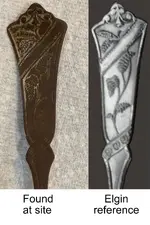- May 16, 2023
- 1,962
- 9,049
- Detector(s) used
-
XP Deus II
White's Spectra v3i
Garrett Ultra GTA 1000
Whites Coinmaster
- Primary Interest:
- All Treasure Hunting
Found at an old house site, which seems to be late 1800’s to early 1900s. I searched online and the closest visual match I could find was an “Elgin” pattern from 1883, but it’s not a match, just similar. I can’t quite make out the manufacturer’s stamp on the back, but it looks like part of it may be “overlisse” or something like that. It’s silver plated, about the size of a modern table spoon. Does anyone recognize the name or pattern? (I’m just trying to figure out the history of the house site and every little bit adds to the story.)
Front of spoon
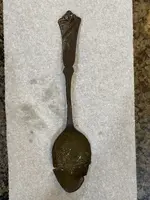
Front handle close up
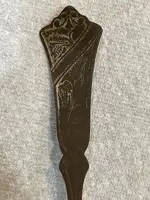
Back handle close up
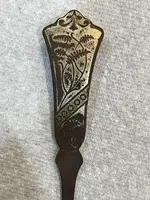
Stem stamp on cam of stem
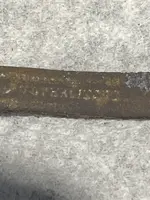
Front of spoon

Front handle close up

Back handle close up

Stem stamp on cam of stem




